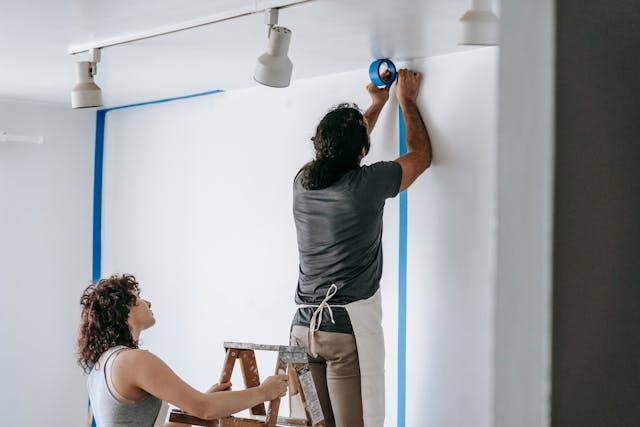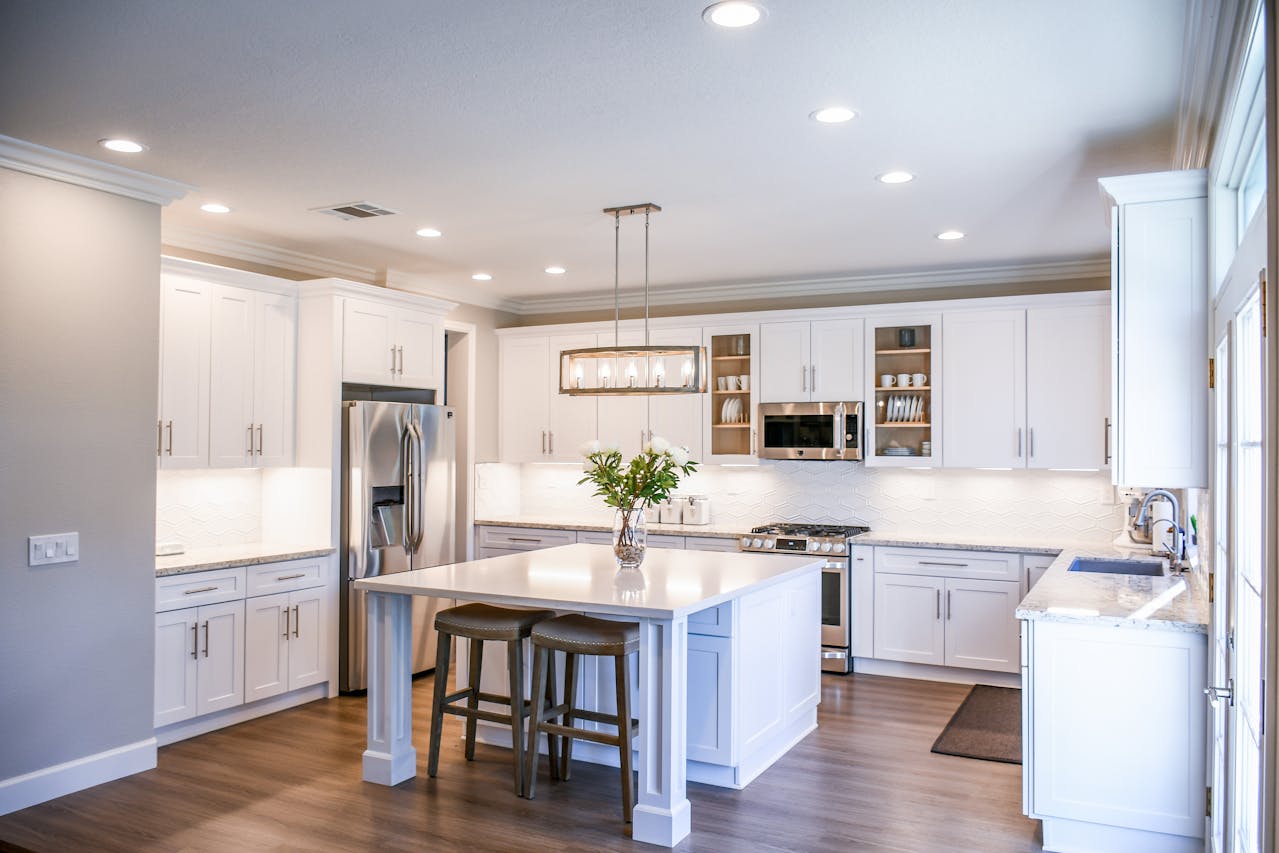
Making changes to your home can be exciting. A new kitchen, an extra bedroom, or a better roof can make your space more comfortable. However, before you start tearing down walls or hiring contractors, there is something important you should think about your home insurance. Renovating your home without updating your policy can lead to problems later. Insurance works best when it matches your home’s current value and structure. That is why it helps to know how renovations can affect your home insurance coverage. A few smart steps can help protect your home and your peace of mind.
What Happens to Your Insurance When You Renovate
Home insurance is meant to cover the cost of rebuilding or fixing your home if something goes wrong. When you change your home, you may change how much it costs to rebuild. For example, adding a second floor or upgrading your kitchen with new appliances increases your home’s value. If your insurance company does not know about these changes, your policy might fall short during a claim.
Some upgrades can raise your risk, while others may lower it. A new roof or plumbing upgrade may reduce the chance of damage. That could help lower your premium. On the other hand, adding a swimming pool or outdoor kitchen may increase your risk. This can lead to higher premiums or the need for extra protection.

Types of Renovations That Affect Your Policy
Some home upgrades do more than just improve your living space. They also affect how your insurance company looks at your home. Certain projects may increase your property value, change the rebuild cost, or raise safety concerns. These changes can impact your home insurance policy and may require you to update your coverage. Below are common renovations that may affect your policy in different ways.
Room Additions
When you build an extra room, your home becomes larger. This means the replacement cost will likely increase. Your insurance needs to reflect the new total square footage to stay accurate. If you do not update your coverage, your policy might not cover the full cost if you need to rebuild after a major event.
Common room additions include bedrooms, sunrooms, or second floors. These types of projects almost always affect your dwelling coverage, which is the part of your policy that pays to repair or rebuild the structure of your home.
Kitchen and Bathroom Renovations
Upgrading your kitchen or bathroom often includes new flooring, countertops, cabinets, and appliances. These upgrades increase the home's value and may raise the cost to rebuild or repair. If your insurance company does not know about the changes, you may not be fully covered during a claim.
Using materials like marble, granite, or custom woodwork also increases risk for damage or replacement cost. It is best to inform your insurer so they can adjust your coverage limits as needed.
Roof Replacement
Replacing an old roof with a high-quality one can improve your home’s safety. A better roof protects against water damage, storms, and leaks. This may qualify you for a lower premium, depending on the material used and the insurance company’s guidelines.
Some insurers offer home insurance discounts if the new roof uses weather-resistant materials. Be sure to provide your insurer with the date of installation and details of the roofing system used.
Finishing a Basement
Turning an unfinished basement into a livable space adds value and function to your home. It also changes your insurance needs. Finished basements may include bedrooms, offices, or entertainment areas, which increases the replacement value of your home.
Flooding is a common issue in basements, so you might need extra protection. Some companies recommend adding water backup coverage to cover damage caused by sump pump failure or drain issues.
Installing a Swimming Pool
A pool may raise the value of your home, but it also raises your liability risk. Pools are considered an “attractive nuisance,” which means they can lead to accidents or injuries. Most insurance companies require you to increase your personal liability coverage if you install one.
You may also need to meet certain safety rules, such as having a fence or lockable gate. Some insurers will not offer coverage unless these safety features are in place.
Building a Deck or Patio
Decks and patios increase outdoor living space and the overall value of your home. Like other structural additions, these projects raise the cost to rebuild and should be reflected in your insurance policy update.
Because decks are often used for entertaining, they also slightly increase the chance of injury. This means you may want to review your liability limits and make sure your policy includes enough protection.
Upgrading Electrical or Plumbing Systems
If you replace old wiring or pipes, you may lower the risk of fire or water damage. Insurance companies often view these updates as safety improvements. This could result in home insurance savings, depending on your provider.
Keep all records and receipts. Sharing proof of the upgrade with your insurance company can help support a policy adjustment or potential discount.
Garage Conversions
Converting your garage into a living space adds square footage and function. Whether you create a bedroom, office, or rental unit, this kind of project affects both dwelling and liability coverage.
If you rent out the space, your standard policy may not be enough. In that case, you might need to add a rental endorsement or purchase a landlord policy to stay protected.
Tell Your Insurance Company Before and After Renovating
It is always smart to tell your insurer about any major renovation before the work starts. Let them know again when it is complete. That way, they can adjust your policy based on the changes. Waiting too long could cause a problem later. If your home is damaged during or after a renovation and you never updated your policy, your claim might be reduced—or even denied.
To notify your insurer, give them a quick call or send an email. Share simple details like what you plan to change, how much it will cost, and the timeline. If possible, include any permits or blueprints, especially for bigger changes like room additions.
Why You Might Need a Renovation Endorsement
A standard home insurance policy may not cover everything while your home is being worked on. That is why many homeowners need a renovation endorsement. This is extra protection added to your policy. It helps cover risks that can come up during construction, like damage caused by building materials or unfinished structures.
If you are only painting or changing a faucet, you probably do not need this. However, if you are doing anything structural—like knocking down walls, building new space, or adding plumbing or electrical work—it is worth checking. This kind of project usually requires a renovation endorsement to stay covered.
What is Builder’s Risk Insurance?
If your renovation is big enough, you might also need builder’s risk insurance. This covers your home and building materials while the work is happening. It protects things like lumber, flooring, and new appliances from fire, theft, or storm damage before they are installed.
Sometimes, your contractor or builder already has this kind of policy. Ask before the project starts. If they do not, you may need to buy your own. Builder’s risk insurance is especially helpful for full remodels or long-term construction.
Signs You Need to Update Your Coverage
You may not always be sure if a change requires a policy update. Here are a few easy ways to tell:
- You added new square footage to your home
- You used more expensive materials than before
- You added something that could raise liability, like a pool or deck
- You finished a basement or attic to be used as living space
- You started using part of your home for business or rental
If any of these are true, call your insurer. They can tell you what coverage needs to be adjusted so your home stays protected.
Start Your Quote Today
Our licensed specialist will search for the best insurance quotes and will email you when ready.



